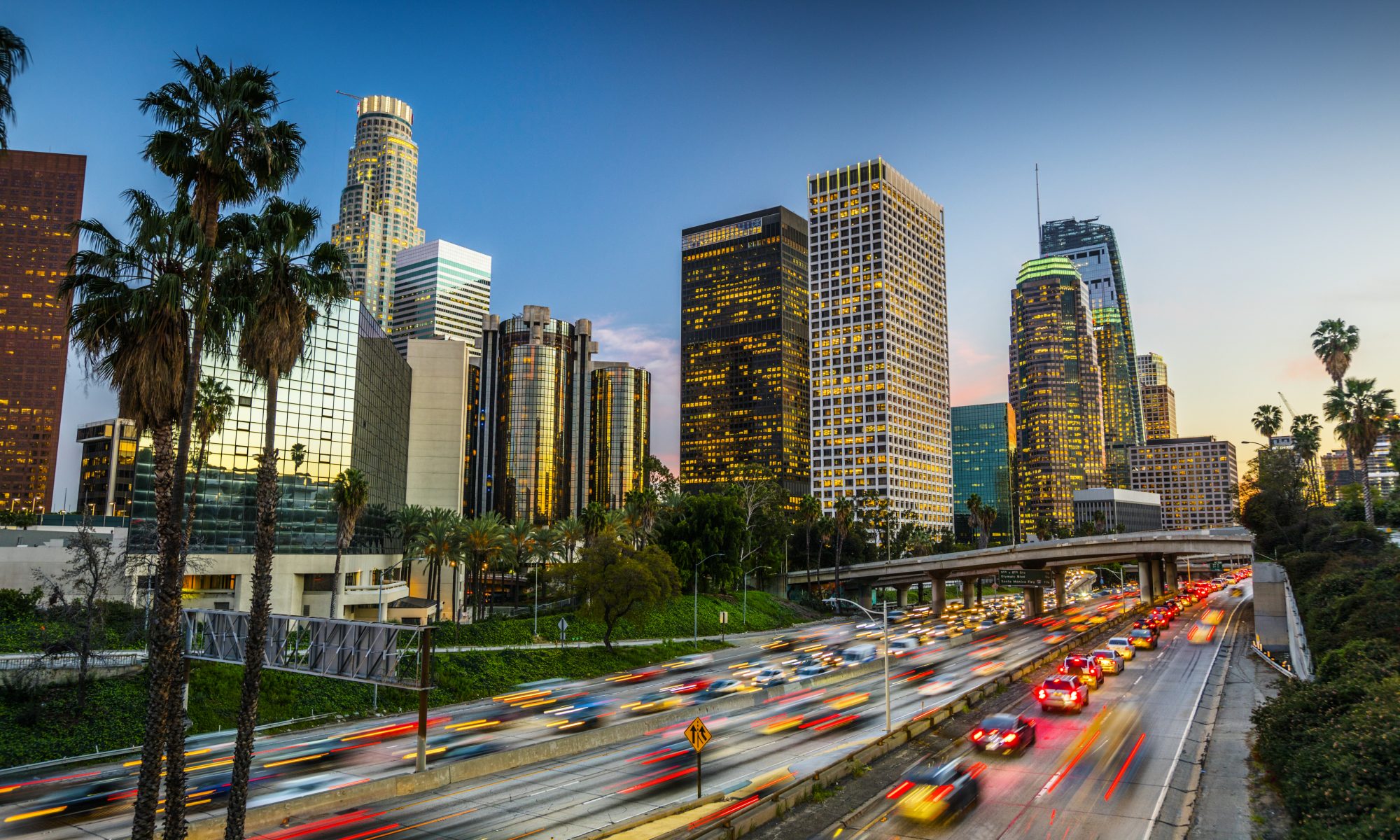Unless you’re new to Los Angeles, you remember well when downtown LA was filled with office buildings and not much else. After five, the district was virtually deserted. Only the occasional glimpse of a neglected Beaux-Arts or Art Deco façade between overlaid storefront signs hinted at the onetime vibrancy of this place. In the early decades of the 20th Century, Downtown was LA. But with the rise of car culture and the flight to the suburbs, it changed fast.
Then, late in the century, interest in urban life started to reemerge. In 1990, DTLA – a collection of neighborhoods bounded by the Los Angeles River and the Hollywood, Santa Monica and Harbor Freeways – became a Business Improvement District. And it began to reemerge.

Today, cranes sprout overhead everywhere. Navigating requires knowing which streets are closed for construction this week. The breakneck pace of revival got even more urgent when LA was picked to host the 2028 Summer Olympics. Energized by the belief that a strong core can benefit all of Los Angeles and beyond, the emerging new DTLA is attracting business tenants, cultural and culinary attractions, and young residents who love the urban way of life and the ease of car-free commuting.
Not all businesses are building from scratch. Vintage structures are enticing many businesses and institutions to plant roots downtown. The Warner Music Group is relocating to the old Ford Factory, and Arizona State University is leasing 80,000 square feet in the 1914 Herald Examiner Building, designed by renowned architect Julia Morgan.

Nearly three million square feet of office space are now under construction. An additional 3.3 million square feet have been proposed. More than 35,000 residential projects are in the pipeline. Twenty years ago, 18,000 people lived downtown. Today it’s around 70,000, with up to 200,000 projected in the next two decades. And since residential development is the driver of the whole DTLA transformation, these numbers point to a powerful future.
“Now that Downtown has grown a bit, it is more of a destination than ever before,” said Bill Cooper, Compass agent and associate manager of the Downtown Los Angeles office. “New homes, shopping establishments, fantastic restaurants, and upgraded public transportation are just a few reasons why home buyers are looking to downtown for their next home. Downtown has more housing inventory and lower prices than the Westside which also makes downtown very attractive.”

A world of new Downtown destinations
The resurgence is turning DTLA into a walkable, rail-friendly destination filled with cultural experiences, great restaurants and fascinating buildings old and new. GQ Magazine has called it America’s Next Great City, and the coolest new downtown in the country. Here are just some of the experiences to explore.
Savor
From classic eateries to new culinary experiences, the DTLA restaurant scene is rich and growing. Grand Central Market has brought the cuisines and cultures of LA together for decades. Today, a new generation of vendors has joined longtime favorites. Fans still flock to Philippe the Original, an LA institution since 1908, for its French Dipped Sandwich. Recent arrivals include Bestia in the Arts District, where the food goes far beyond basics Italian, and the sleek WP24 by Wolfgang Puck high atop the Ritz-Carlton. Great cocktail sites range from hidden bars like The Edison in the basement of an old power plant to wide-open rooftop view settings like Upstairs at the Ace Hotel.
Shop
From discount fashion and vintage finds to high-end design, DTLA has it all. The Fashion District is the epicenter of SoCal style, with influences from around the world. Olvera Street, across from Union Station, is an old-school Mexican street market. The Flower District, the largest flower market in the country, is one of LA’s quintessential experiences.
Explore
DTLA is home to major museums The Broad and The Museum of Contemporary Art, and world-class performing arts venues like Disney Concert Hall and The Music Center. The Little Tokyo Historic District is the heart of the largest Japanese-American population in North America. The stunning architecture of Union Station and the landmark Angels Flight Railway are just two more attractions in the dynamic DTLA blend of old and new.

Reference links

